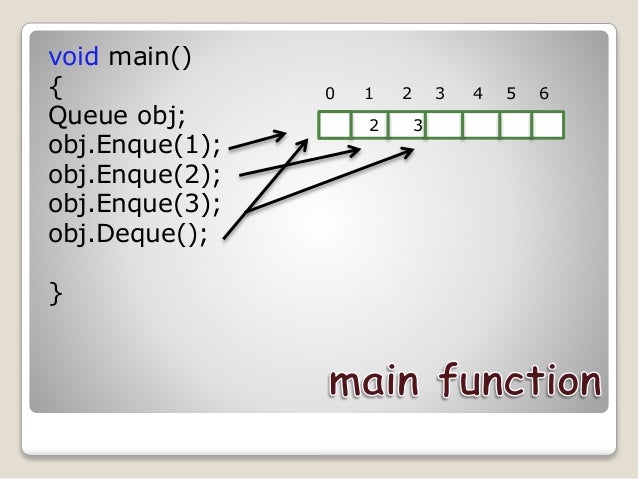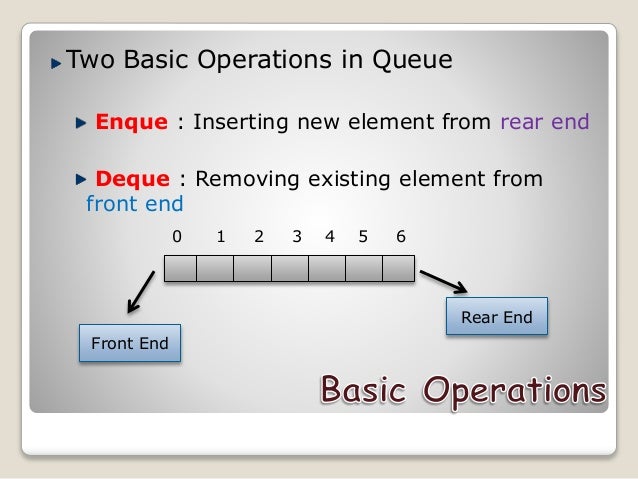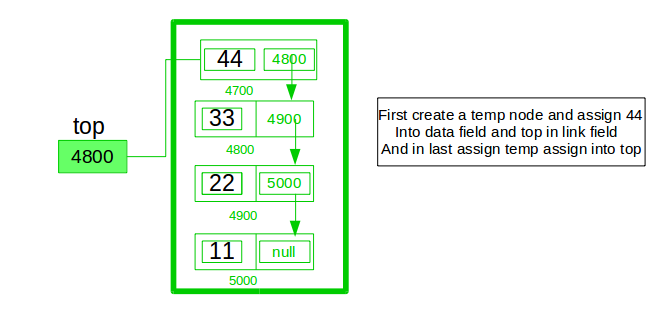


- LINKED LIST STACK IMPLEMEMNTATION USING TWO QUEUES 261 MOVIE
- LINKED LIST STACK IMPLEMEMNTATION USING TWO QUEUES 261 FULL
- LINKED LIST STACK IMPLEMEMNTATION USING TWO QUEUES 261 CODE
I tackled the reading and lectures early in the week and then moved on to the worksheet and the assignment. This was not an easy course, but I found that the material provided (lectures, reading, worksheets, and assignments) was mostly sufficient to learn the material well.

I was a little frustrated that my scores on the exams didn’t reflect how well I felt like I knew the material. To illustrate, I didn’t miss a single point on any of the worksheets or assignments, but I earned an 86 percent on the midterm and an 86 percent on the final. I found the exams for this course much, much harder than the homework.
LINKED LIST STACK IMPLEMEMNTATION USING TWO QUEUES 261 CODE
Instead, we were given skeleton code and the required to implement functions that were already laid out in the header files. I wish that there was more creativity allowed in the assignments, and I wish that we were required to do more of the work from scratch. The five assignments were generally straightforward, though I sometimes got hung up on a single bug that would take hours to track down. Why not just start with Worksheet 1 and continue from there? My only gripe with the worksheets was that they were numbered totally randomly. Note that this internal reviewing of worksheets wasn’t required for the class - it just seemed like the easiest way to interact as a group. We didn’t meet often as an entire group, but I found that pairing up during the review process, both as the reviewer and reviewee, was really helpful. My group divided up the work such that each week I completed a worksheet and then reviewed a worksheet that someone else had completed. Here’s a worksheet on implementing a queue with a linked list. The worksheets were completed as part of a group (to which I was assigned at the beginning of the term). The course was broken up into two types of assignments: worksheets and programming assignments. The material may be slightly different during the fall, winter, and spring terms since they take place over a 10 week (rather than 8 week) term. This post summarizes my experience with the former. This summer I took two courses: Data Structures and Computer Architecture and Assembly Language. Some notes from the final few weeks of the course.
LINKED LIST STACK IMPLEMEMNTATION USING TWO QUEUES 261 FULL
Using a linked list, we will use the below psuedo code for various queue operations, Psuedo CodeĬreate new node, assign head and tail to itĬreate a new node, assign its next to tailīelow is the full java implementation of queue using linkedlist, Ideally we will need a constant operation time for inserting and deleting which can be acheived by using a linked list with references available to head and end of the tail.

When you use an array, the elements has to be moved during enqueue or deque operations to make room for the new elements which can be expensive. Returns true if queue is empty or false if it's notĪ queue is typically implemented using an array or linked list. Removes the element at the front of the queue Queue data structure provides the following methods, There are various implementations of this type like Apache Kafka, Rabbit MQ, IBM MQ etc. Most of the modern day systems communicate with each other using message queues where one system enqueue's or inserts the message to the queue and other system listens to it and deque's the message.
LINKED LIST STACK IMPLEMEMNTATION USING TWO QUEUES 261 MOVIE
The most typical example is a real world queue, where you line to get into a public transit or at a movie theater, people get out of the queue prior to all the others who enter after them. That is, the element which gets added to the queue leaves before all the elements added after it. Queue is a linear datastructure that stores elements with first in first out(FIFO) ordering.


 0 kommentar(er)
0 kommentar(er)
